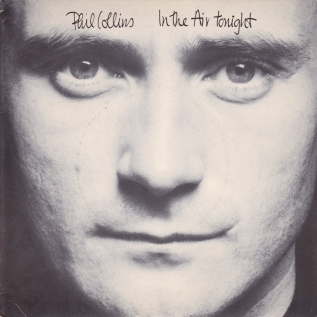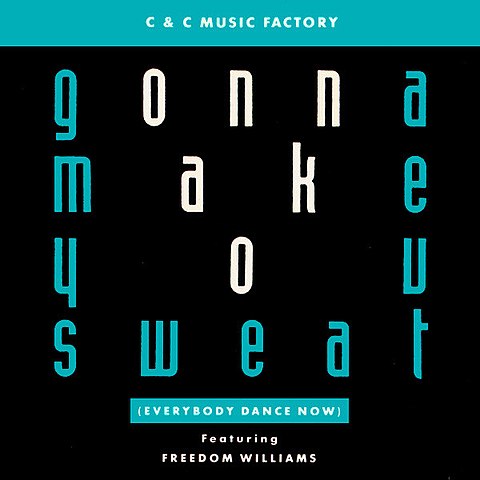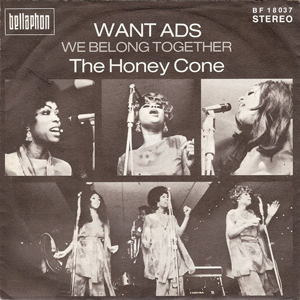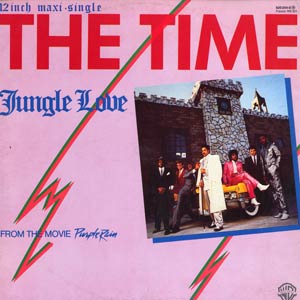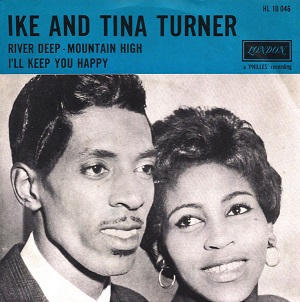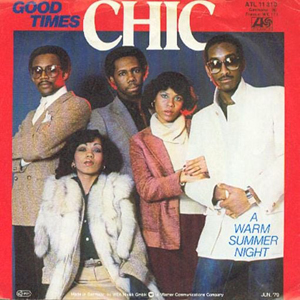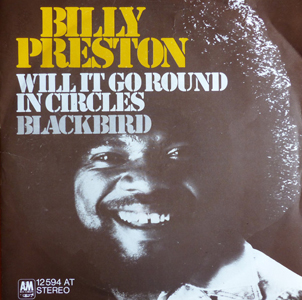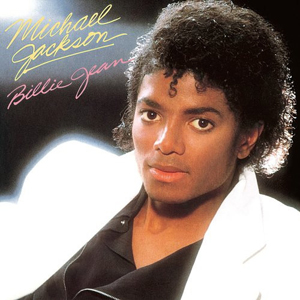The Pointer Sisters carved out their space in popular music with a sound that effortlessly blended genres, defied easy categorization, and showcased the group’s remarkable versatility. Tracks like “Yes We Can Can” and “How Long (Betcha Got a Chick on the Side)” highlight their early embrace of funk and socially conscious themes, while later hits such as “Jump (For My Love)” and “I’m So Excited” cemented their place in the pop mainstream.
One of the defining characteristics of The Pointer Sisters was their ability to adapt to changing musical landscapes without losing their identity. Their 1978 hit “Fire,” penned by Bruce Springsteen, brought a smoldering blend of pop and R&B to the charts, while “Fairytale” earned them a Grammy Award for Best Country Vocal Performance by a Duo or Group and showcased their genre-spanning abilities. They placed over a dozen songs on the Billboard dance chart, with Bonnie Pointer’s solo effort, “Heaven Must Have Sent You,” embracing disco with infectious energy.
The 1980s marked a particularly successful period for the group, with a string of high-energy hits that became anthems of the decade. “Neutron Dance,” featured in the film Beverly Hills Cop, captured the era’s kinetic energy, while “Dare Me” and “Automatic” offered a sophisticated take on dance music that resonated with both pop and R&B audiences. Their music often balanced exuberance with emotional depth, as seen in the tender ballad “I Need You” and the sultry “Slow Hand.”
Beyond their chart success, The Pointer Sisters brought a dynamic presence to their live performances. Songs like “Wang Dang Doodle” and “Bangin’ on the Pipes/Steam Heat” highlighted their theatrical flair and deep connection to jazz and blues traditions. Whether delivering energetic pop hits or intricate vocal harmonies, the group maintained a distinct charisma that set them apart in an era dominated by emerging pop stars and shifting musical trends.
The Pointer Sisters’ legacy endures as a testament to their adaptability and enduring appeal. Their ability to cross genres and generations, from funk and jazz to pop and dance, speaks to their artistry and resilience. Whether rediscovering their classics or hearing them in films and commercials, their music continues to bring joy and excitement to audiences worldwide.
Follow Tunes Du Jour on Facebook
Follow me on Bluesky
Follow me on Instagram


